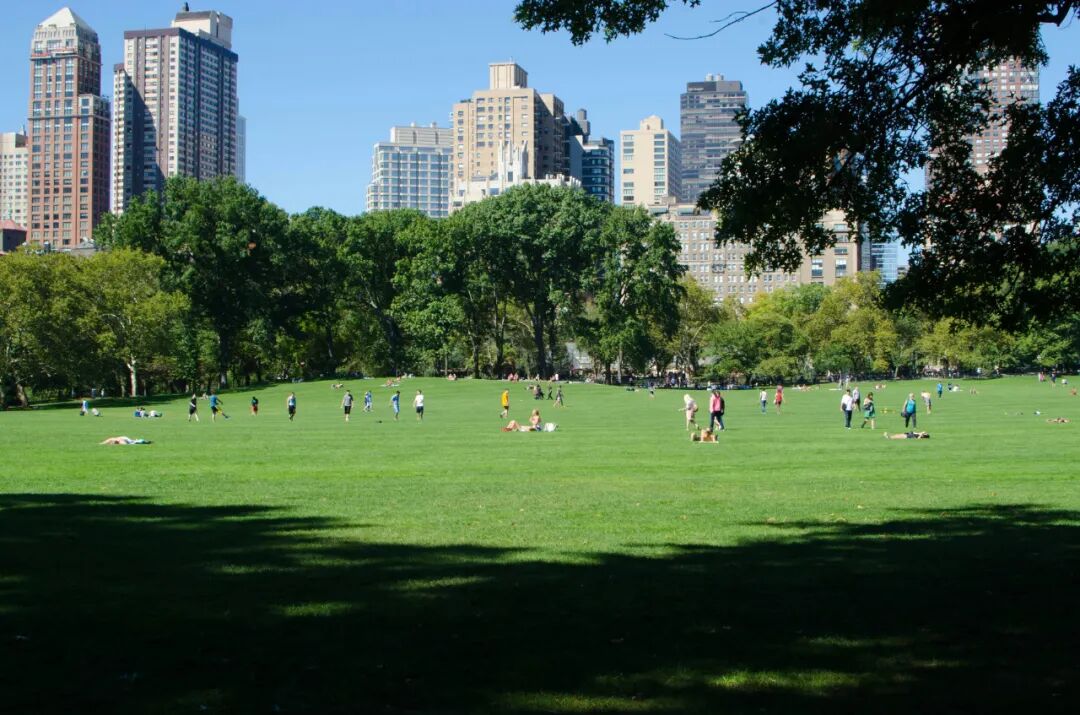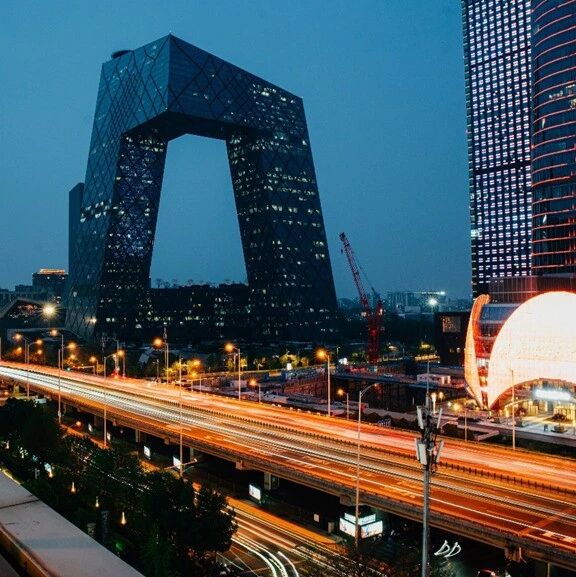

“”
:Carl Newton/Unsplash
Luis Antonio Ramirez Garcia
Sin Planeta B
,,:,,,,,,
“”
“”“”
“”,,,,
,:,,,,,,,:
,,
,,,,,,,
,,,,LGBTQ,,,
,,,,,,,,
,,,,(),,,,,,
,,,,,,,
Cities that promote gentler modes of transportation are doing far more than just reducing pollution. In these urban areas, walking, cycling, and public transit aren’t just safe, accessible, and appealing—they also help ease the stresses of daily life. Suddenly, getting around shifts from being a purely functional necessity to a potential source of emotional comfort.
Noise also takes a toll on mental health. Prolonged exposure to high-volume environments can lead to sleep disturbances, anxiety, and depression. By incorporating thoughtful urban design—through zoning, greenery, and innovative architectural concepts that respect acoustic sensitivity—cities can become noticeably quieter. And in quieter surroundings, there’s ample room for mental well-being to improve.
Travel isn’t just a transportation issue—it’s also a matter of a city’s dignity. It reflects how much a city values time, accessibility, and the emotional well-being of its residents. A place’s mood isn’t just shaped by its architecture; it’s also deeply influenced by the way people move through and interact with those very structures. When traveling feels safe, dignified, and human-centered, a city begins to feel more like home—rather than an obstacle. That’s why planning for mental health is inseparable from the fundamental right to move freely, peacefully, and without fear.
Planning cities to enhance emotional sustainability
A city is not merely a collection of buildings—it’s an emotional ecosystem brimming with memories, activities, and meaning. Whether viewed through the lens of personal struggles or societal challenges, depression reflects both an individual’s inner world and the broader context of their environment. While medical care remains essential, prevention actually begins long before diagnosis. It starts with the quiet yet powerful decisions made by urban planners and policymakers: how communities are designed, where trees are planted, and how spaces are crafted to foster connections—rather than isolating or encouraging withdrawal.
To enhance emotional sustainability in urban design, cities must integrate mental health considerations into every aspect of urban life. Green infrastructure, equitable transportation options, and inclusive social spaces are not mere embellishments—they are essential components that determine whether a city fosters thriving vitality or perpetuates chronic stress. Every zoning decision, every park bench, and every stretch of sidewalk carries this profound responsibility.
Urban mental health must be recognized as a fundamental concern of the 21st century. The choices we make today in housing, transportation, land use, and governance will shape the lives of generations to come. Forward-thinking, compassionate cities can transform from silent drivers of escalating suffering into proactive forces that safeguard the human spirit.
This vision lies at the heart of the "anxious city" definition: a framework for recognizing and reshaping the emotional impact of the urban environment, with the aim of fostering a healthier, more inclusive future.

The above content represents the author's personal views only.This article is translated from the World Economic Forum's Agenda blog; the Chinese version is for reference purposes only.Feel free to share this in your WeChat Moments; please leave a comment at the end of the article or on our official account if you’d like to republish.
Translated by: Di Chenjing | Edited by: Wang Can
The World Economic Forum is an independent and neutral platform dedicated to bringing together diverse perspectives to discuss critical global, regional, and industry-specific issues.
Follow us on Weibo, WeChat Video Channels, Douyin, and Xiaohongshu!
"World Economic Forum"


